Animals native to Asia encompass a diverse range of species, showcasing remarkable mammals like the majestic giant panda, awe-inspiring tiger, noble Asiatic lion, elusive snow leopard, intelligent orangutan, and unique proboscis monkey. Among the reptiles, we encounter formidable creatures like the saltwater crocodile, venomous Indian cobra, and legendary Komodo dragon. In the avian realm, Asia boasts magnificent birds such as the majestic great hornbill, elegant painted stork, and captivating peacock.
Discovering the wonders of Asian wildlife, this page presents an intriguing compilation of both well-known and lesser-known animal species. Each entry is accompanied by captivating pictures and fascinating facts that unveil the richness and beauty of these remarkable creatures.
Introduction To Asia
Asia, the largest continent on Earth, encompasses approximately 30% of the planet’s landmass. While some view Asia as part of the broader continent known as Eurasia, alongside Europe, it is often recognized as a distinct continent in its own right.
Due to its vast size, Asia boasts a remarkable array of habitats, which in turn support a diverse range of animal species. Within its borders, you can find noteworthy features such as the majestic Himalayas, formed by the collision of the Indian and Eurasian tectonic plates, the expansive Eurasian Steppe that stretches across Eastern Europe to East Asia, the arid deserts of the Middle East, and the lush tropical rainforests of Southeast Asia.
Asia is home to the largest human population on the planet, with approximately 60% of all humans residing in this continent. However, the rapid growth of the human population has placed immense pressure on Asia’s wildlife. Consequently, numerous species mentioned below face the threat of endangerment, primarily due to the loss of their natural habitats. The conservation status of each animal has been provided.
This list encompasses not only Asia’s renowned and iconic animals but also several lesser-known species, each playing a crucial role within its respective ecosystem.
Asian Elephant
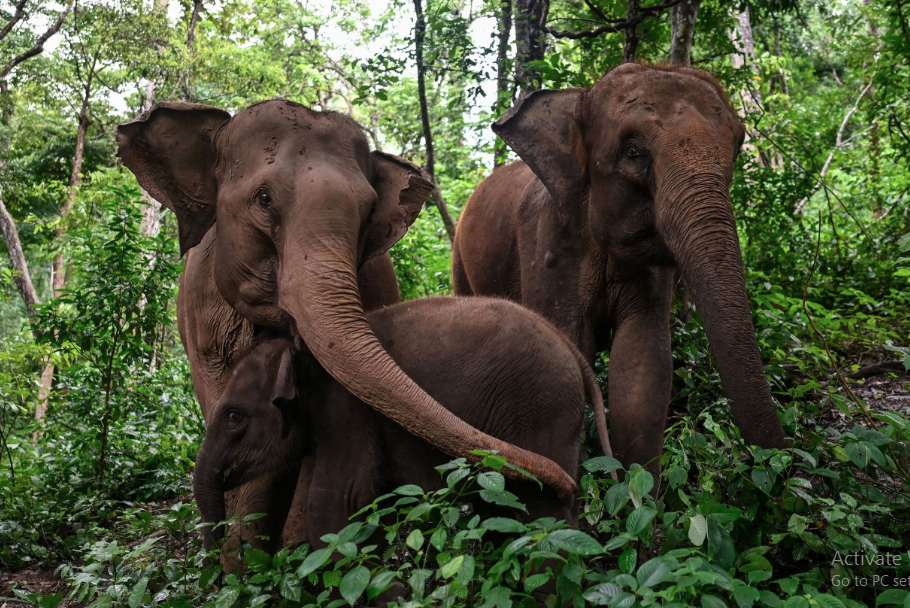
Known by its scientific name Elephas maximus, the Asian elephant is a remarkable mammal and a member of the Elephantidae family. Its conservation status is listed as endangered, highlighting the urgency to protect this majestic creature.
Residing in the vast landscapes of South and Southeast Asia, the Asian elephant claims the title of the largest land animal in its region. Its preferred habitats include forests, shrublands, and grasslands, where it thrives in harmony with its surroundings.
In terms of social structure, female Asian elephants form herds, while adult males often lead solitary lives. These awe-inspiring beings have an average lifespan of 60-70 years, demonstrating their resilience and longevity.
Within the Elephantidae family, the Asian elephant is joined by two other living species: the African bush elephant and the African forest elephant. However, unlike their African counterparts, female Asian elephants do not possess tusks, distinguishing them in appearance.
Unfortunately, the Asian elephant faces significant threats, primarily driven by habitat loss and poaching. The demand for ivory leads to the targeting of male Asian elephants, while both genders fall victim to the exploitation for traditional Asian medicine. These factors contribute to the critical endangerment of this extraordinary species.
Asian Golden Cat
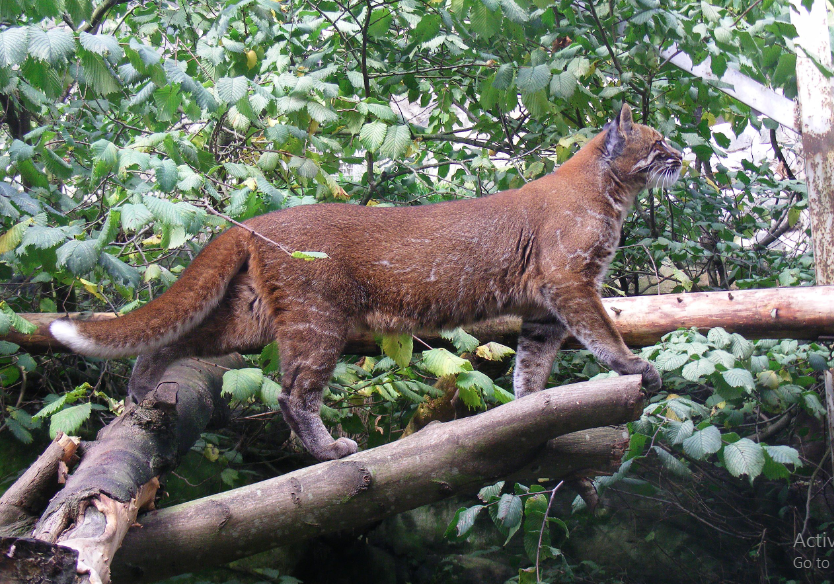
The Catopuma temminckii, commonly known as the Asian or Asiatic golden cat, is a wild feline species inhabiting regions of South and Southeast Asia. Its distribution encompasses areas within India, Bangladesh, China, Thailand, and Malaysia, with a presence on Sumatra island.
Preferring forested habitats as its primary domain, this mid-sized feline species occasionally ventures into savannas and grasslands. Its physical stature is approximately two to three times larger than that of a typical domestic cat. Aptly named, the Asian golden cat showcases a stunning golden-brown fur coat, while its face exhibits distinctive light and dark markings.
Unfortunately, the Asian golden cat faces a grave threat due to rampant deforestation that continues to plague various parts of Asia. Recognized as a species of concern, it currently holds a “Near Threatened” conservation status according to the International Union for Conservation of Nature (IUCN).
Asian Palm Civet
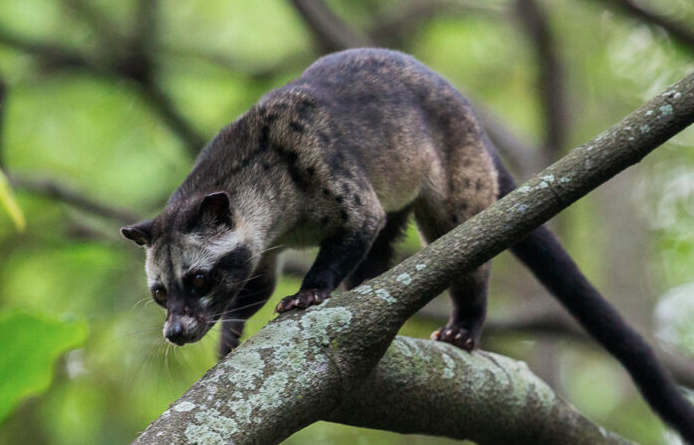
Scientifically known as Paradoxurus hermaphroditus, the Asian palm civet is a mammal belonging to the Viverridae family. This family encompasses various other civets, genets, and the binturong.
Categorized under the suborder Feliformia, the Asian palm civet is more closely related to cats than to dogs. Despite being primarily found in forests, it exhibits adaptability and can thrive in diverse habitats, including urban areas alongside humans. You can often spot them in parks and gardens.
An interesting aspect of the Asian palm civet is its droppings, which frequently contain the partially digested remnants of coffee fruits. These droppings are collected and used to produce a unique type of coffee called Kopi luwak. Unfortunately, due to high demand, the Asian palm civet is now being extensively farmed for the sole purpose of manufacturing this product.
Asiatic Black Bear
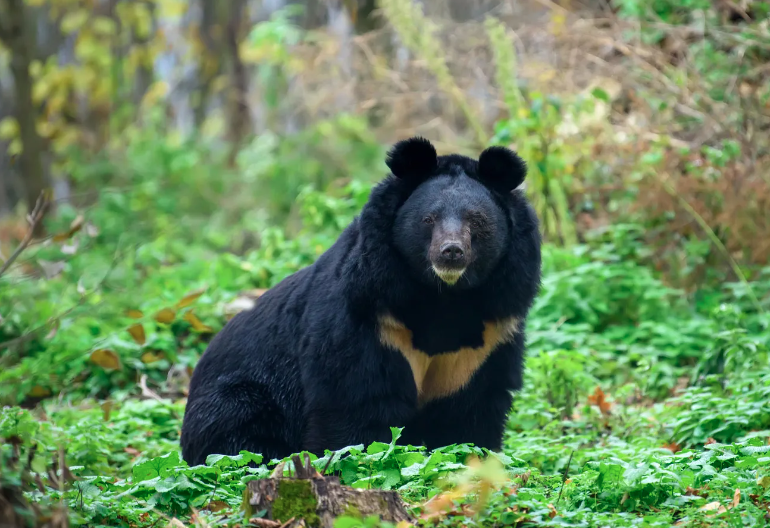
Scientifically known as Ursus thibetanus, the Asiatic bear is a remarkable creature belonging to the bear family, Ursidae. This species, also referred to as the Asian black bear, can be found in various regions of Asia. It possesses impressive climbing abilities and tends to spend a significant portion of its life among the branches. While sharing a close kinship with the American black bear (Ursus americanus), the Asian black bear distinguishes itself with a distinct V-shaped white patch on its chest, though their overall appearances are quite similar.
Among the eight existing bear species, the Asian black bear holds a prominent place within the Ursidae family, commonly known as “ursids” for its individual members.
Although primarily herbivorous in nature, this species is known for its aggressive behavior, displaying a tendency to attack humans unexpectedly.
Asiatic Brush-Tailed Porcupine
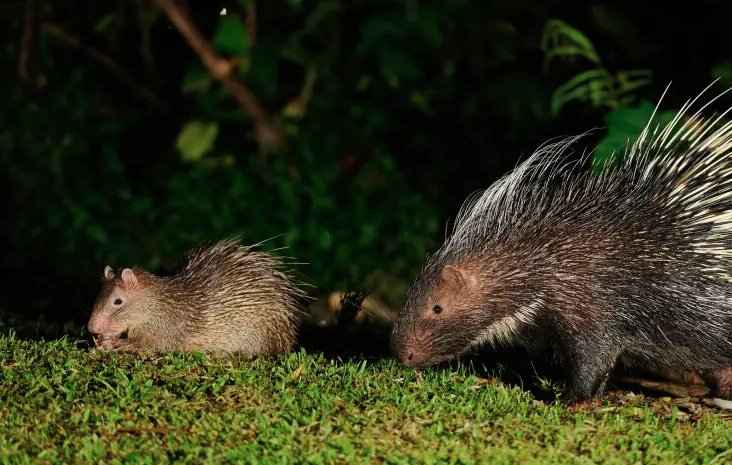
Officially known as Atherurus macrourus, the creature we’re referring to is commonly called the Asiatic brush-tailed porcupine. This mammal falls under the category of rodents and belongs to the family Hystricidae. Its conservation status is currently classified as “Least Concern,” indicating that its population is relatively stable.
The Asiatic brush-tailed porcupine is a member of the old world porcupine family, Hystricidae. It is worth noting that there are two main porcupine families, the other being Erethizontidae, which encompasses the new world porcupines. Despite sharing some physical similarities, the old and new world porcupines are not closely related.
This particular species of porcupine is primarily found in forests and shrublands spanning a significant portion of Southeast Asia. It is primarily active during the night and is known for its burrowing behavior.
Asiatic Lion
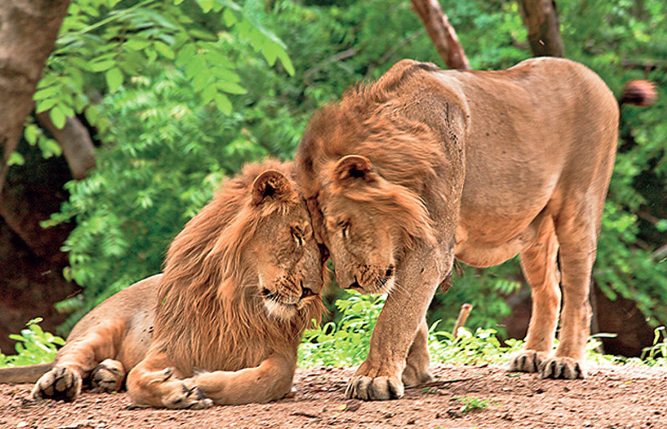
Officially known as Panthera leo leo, the Asiatic lion is a mammal belonging to the Felidae family. With a conservation status of “Vulnerable,” this unique species is primarily found in India. Unlike their African counterparts, Asiatic lions are the sole surviving population of lions in Asia. In the wild, their numbers are estimated to be around 700 individuals.
In the past, these majestic creatures roamed across a broader expanse of Asia, including the Middle East. However, today they are confined to the Indian state of Gujarat. Within this region, they find refuge in the secure confines of Gir National Park, a designated wildlife sanctuary specifically established to safeguard the Asian lion population.
Baiji

Known scientifically as Lipotes vexillifer, the Baiji holds its place as a remarkable mammal. Belonging to the Lipotidae family, this freshwater dolphin was once a familiar sight in China’s majestic Yangtze River. Revered with the alternative name of the Yangtze River dolphin, it thrived in those waters.
The Yangtze River stretches across Asia, carving its way as the third-longest river worldwide and remaining within the boundaries of a single country.
Tragically, no Baiji has graced our eyes for more than ten years, leading experts to fear its extinction. This critically endangered species, at the brink of vanishing forever, may already be lost from our world.
The demise of the Baiji can be attributed to the rapid industrialization that swept through China. The creature’s natural habitat suffered greatly, deteriorating due to pollution, the erection of barriers like dams, and increased human activities along the Yangtze River. Moreover, the Baiji often fell victim to unintentional capture by fishermen who aimed for other species, adding to its plight.
Binturong / Bearcat
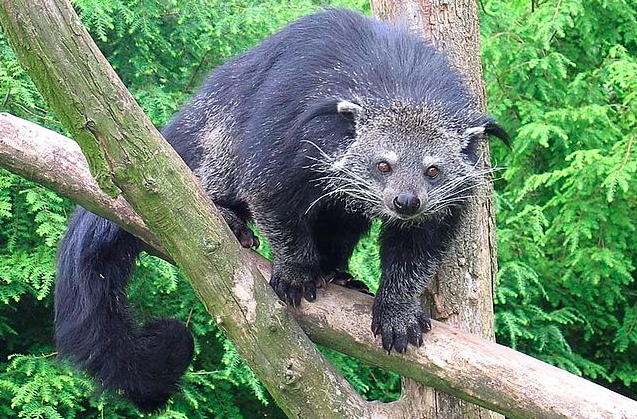
Scientifically known as Arctictis binturong, the binturong is a mammal belonging to the Viverridae family and holds the title of being the largest member within this family. It is commonly referred to as a bearcat and inhabits the forests of South and Southeast Asia.
One of the unique features of the binturong is its lengthy tail, which possesses the ability to grasp and hold objects. This tail serves as an additional appendage, aiding the binturong in climbing and maneuvering through its surroundings.
Notably, the binturong stands alone among Old World mammals in possessing a prehensile tail.
Sadly, this Asian creature is categorized as “Vulnerable” in terms of conservation status, primarily due to the loss of its natural habitat and the persistent hunting for its meat and skin.
Burmese Python
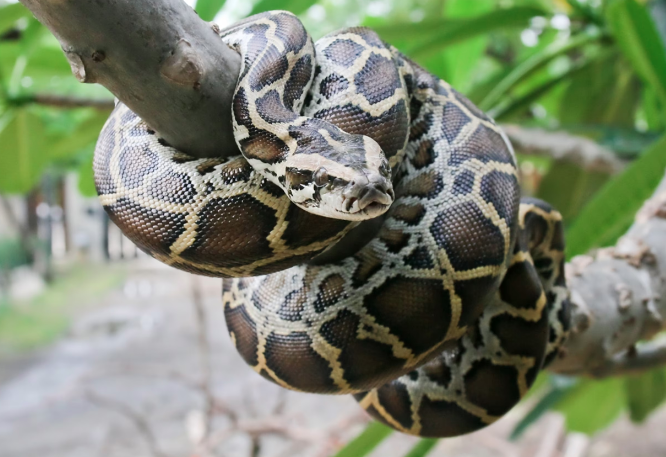
Scientifically known as Python bivittatus, the Burmese python is a reptile belonging to the Pythonidae family. This magnificent snake can be found in various habitats such as rainforests, mangroves, and other areas in Southeast Asia. Interestingly, a small population of Burmese pythons has also established itself in the Florida Everglades.
Growing to impressive lengths of up to 5.74 meters (18 feet 10 inches), and potentially even longer, the Burmese python holds the title of the world’s second-heaviest snake, right after the green anaconda.
Similar to its python relatives, the Burmese python is not venomous. Instead, it relies on constriction to overpower its prey, squeezing it tightly until it becomes immobilized.
Active primarily during the daytime, this python exhibits remarkable climbing and swimming abilities, showcasing its adaptability to various environments.
Clouded Leopard
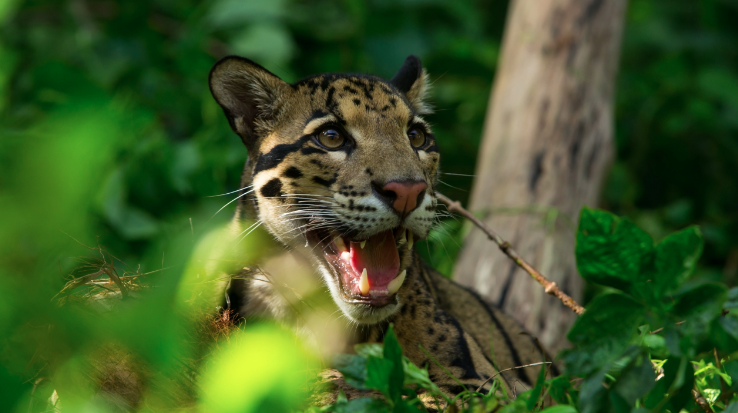
Officially known as Neofelis nebulosa, the clouded leopard is a mammal belonging to the Felidae family. It falls under the subfamily Pantherinae, which is a subset of the cat family. Classified as a vulnerable species, this fascinating creature showcases a unique blend of characteristics.
Measuring approximately 1.65 meters from its nose to its tail, the clouded leopard falls in between the smaller feline species and the larger ones like lions and tigers. Its coat is adorned with cloud-like patterns, from which it derives its name. Notably, this Asian animal is often referred to as the “modern-day saber-tooth” due to the impressive length of its canine teeth.
With its agile physique, the clouded leopard possesses flexible ankles and formidable, sharp claws. These adaptations enable it to excel in climbing skills, effortlessly maneuvering through its arboreal habitat. It showcases remarkable abilities to hang from branches and descend tree trunks headfirst, displaying its prowess as an expert climber.
Colugos
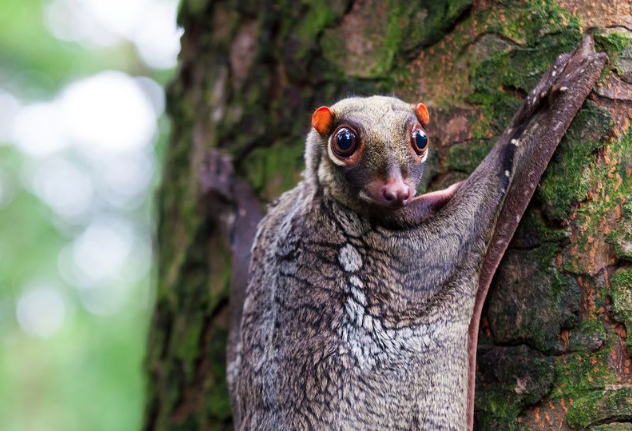
Belonging to the order Dermoptera within the class Mammalia, colugos are a distinctive group of mammals. Residing in Southeast Asia, they consist of two existing species: the Sunda flying lemur, scientifically known as Galeopterus variegatus, and the Philippine flying lemur, known as Cynocephalus volans.
Contrary to their names, colugos are not lemurs and they cannot truly fly. Instead, they rely on gliding as their mode of locomotion. Utilizing a furry membrane called a patagium, which functions like a wing, colugos can gracefully glide for distances of up to 70 meters while navigating through the forest canopy.
These arboreal creatures are primarily active during the night, when they venture out to search for soft flowers and fruits.
The Sunda flying lemur, also referred to as the Malayan colugo, demonstrates reasonable adaptability when it comes to different habitat types. Although its conservation status is currently assessed as Least Concern, its population is diminishing due to the ongoing deforestation rates.
Known locally as Kagwang, the Philippine flying lemur inhabits various regions across the Philippines, specifically lowland primary and secondary rainforests. This species enjoys a stable population throughout the area, leading to its conservation status being classified as Least Concern.
Common Krait
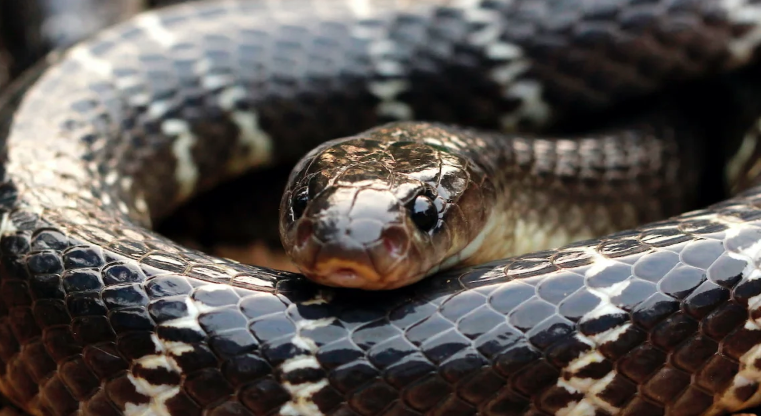
Scientifically named Bungarus ceylonicus, the common krait is a reptile belonging to the Elapidae family. This snake species is found in the Indian subcontinent and falls under the category of “Big Four,” a group of highly venomous snakes. Responsible for a significant number of severe snake bites in Southeast Asia, the common krait poses a threat to humans.
When a human is bitten by a common krait, it can lead to respiratory failure. Unfortunately, as habitat loss occurs, encounters between humans and these snakes are becoming more frequent.
Active primarily during the night, the common krait inhabits various environments, including forests, plantations, and gardens. It has a dark brown or black body with pale stripes and can grow up to approximately 1.8 meters, which is comparable to the height of a fully grown adult.
As for its diet, the common krait mainly preys on other snakes, sometimes even resorting to cannibalism. Additionally, small vertebrates like rodents and lizards are also part of its menu.